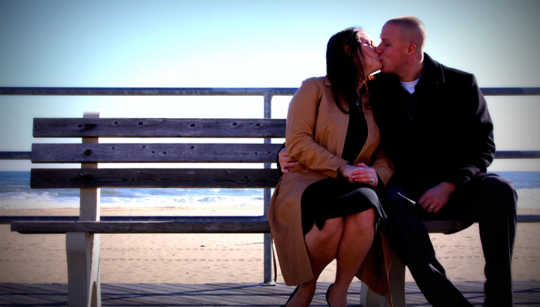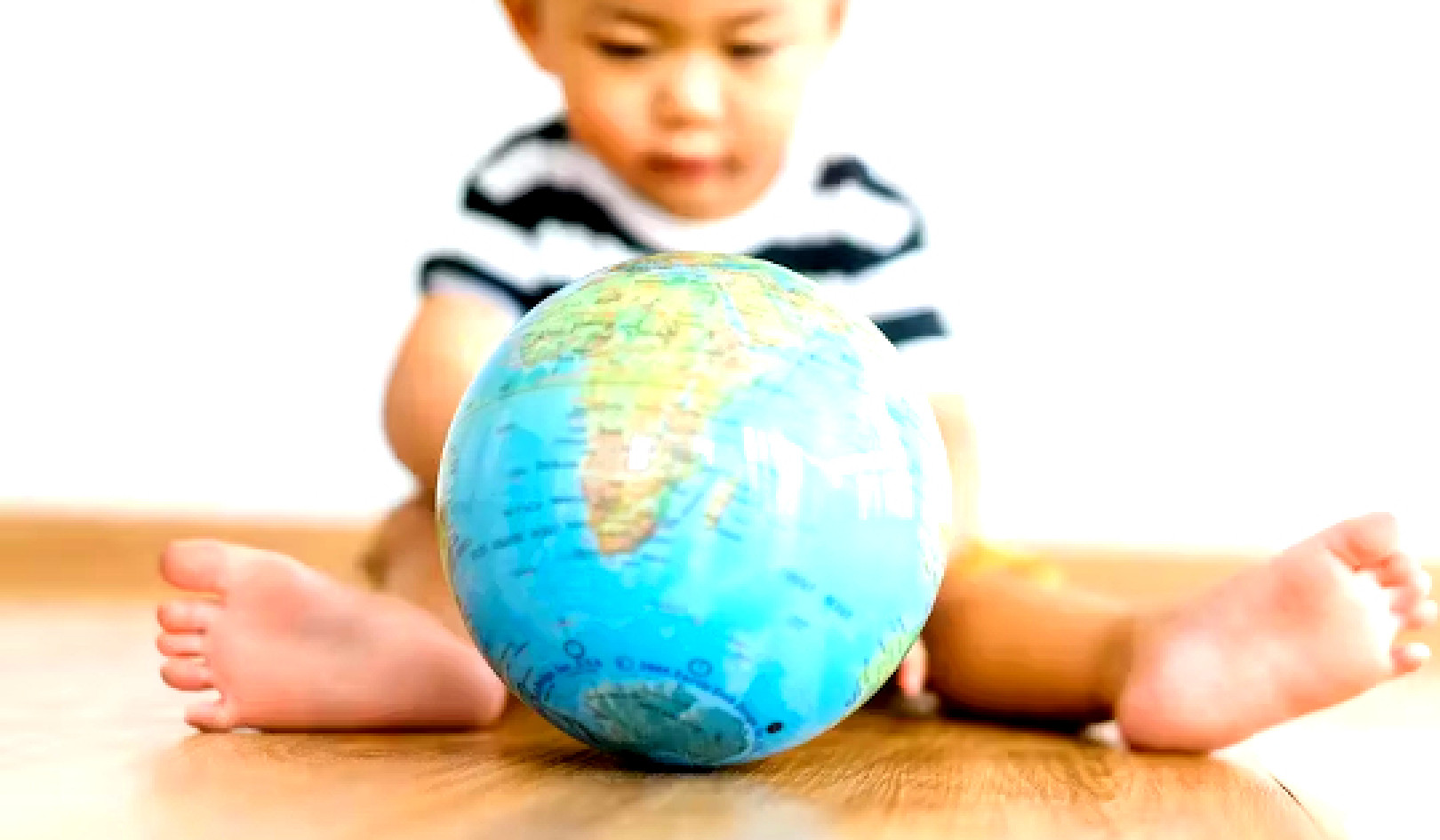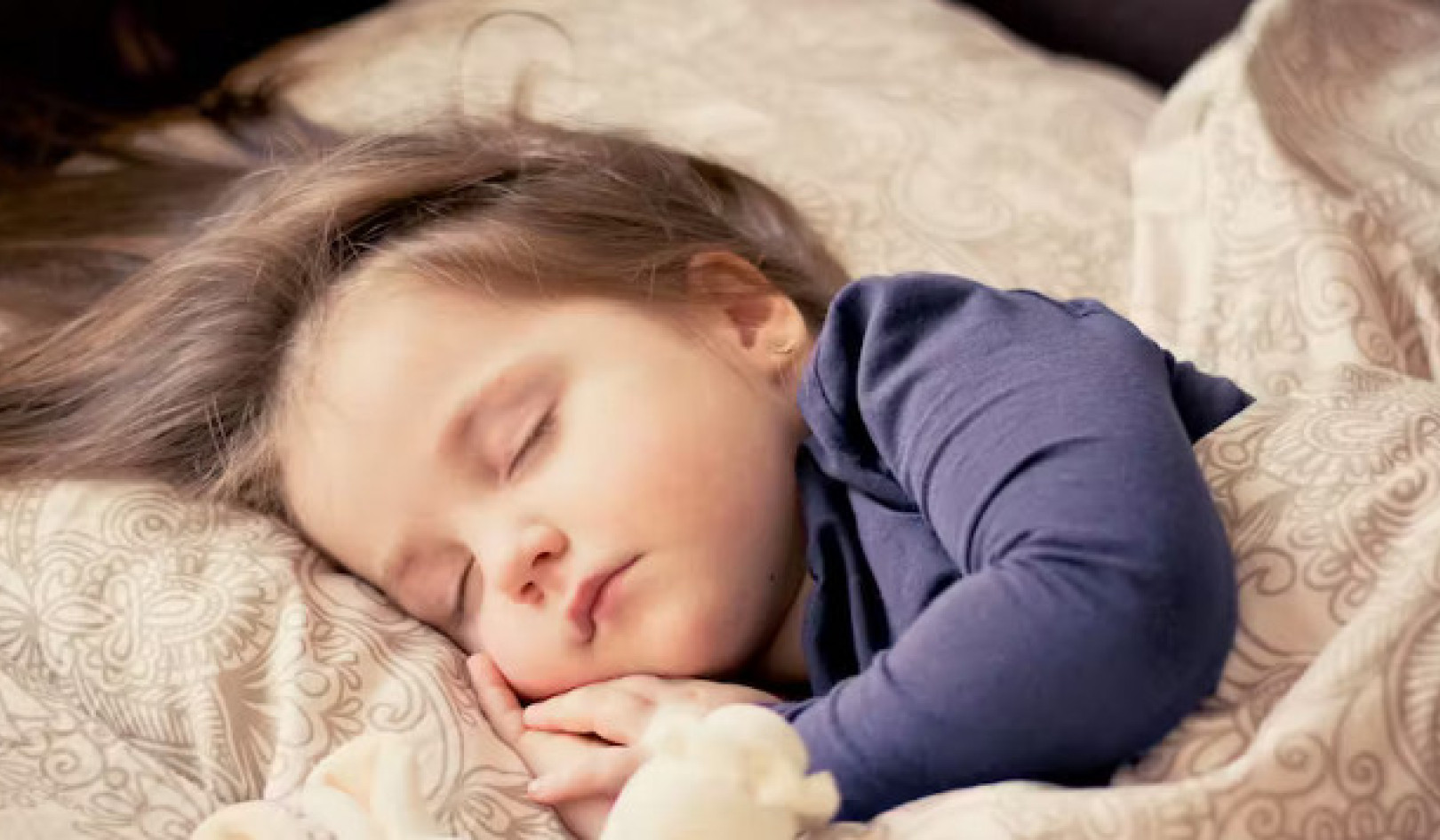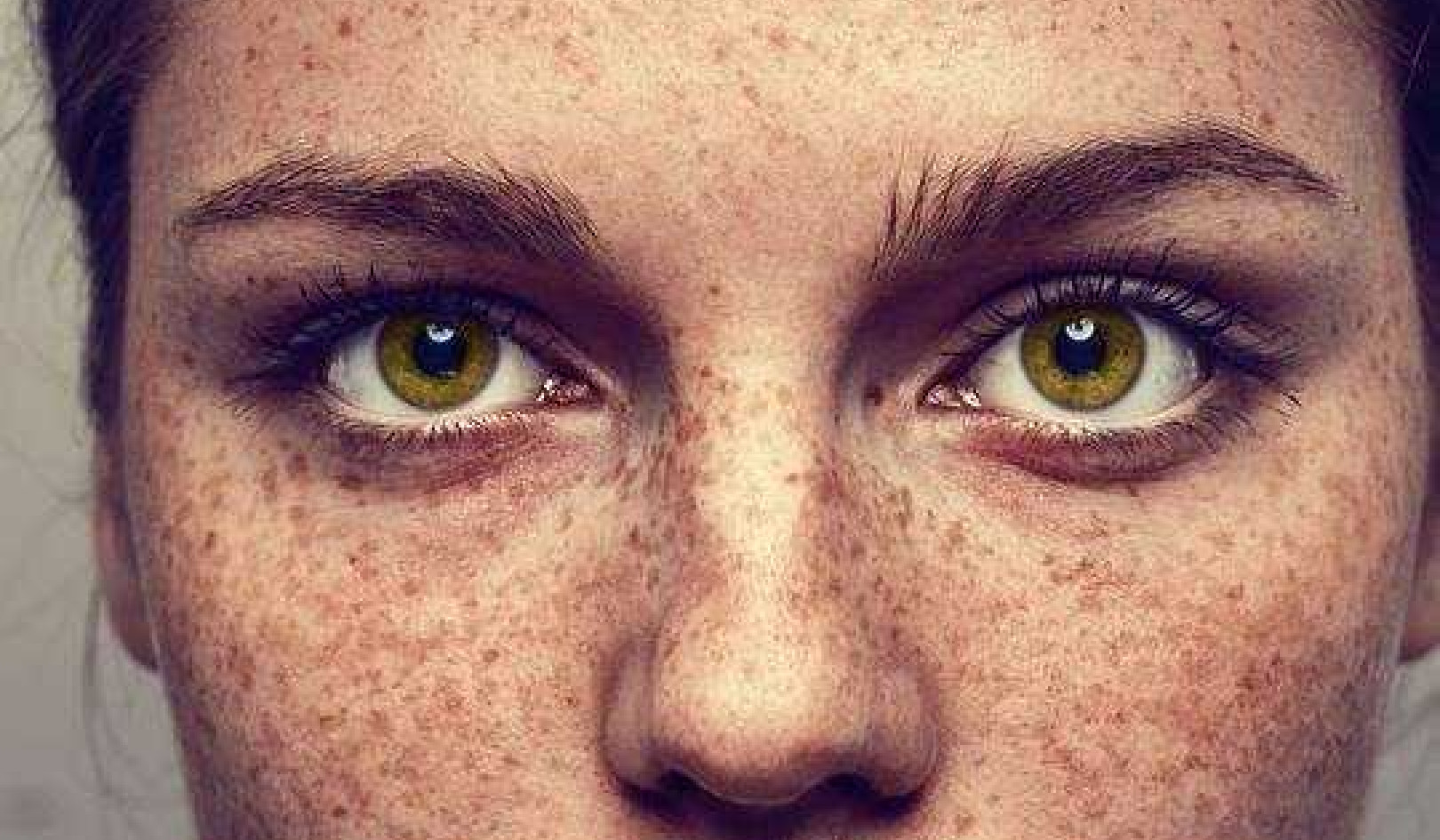
We know a lot about why people choose different brands of dishwashing detergent, because companies spend billions of dollars investigating who buys what. But when it comes to the processes behind perhaps our most significant life choice – choosing a romantic partner – science knows surprisingly little.
One reason partner choice is hard to understand is because it’s a two-way street. A person can choose any dishwashing detergent they like, because the detergent has no choice in the matter, but choosing a partner doesn’t work that way. We need to understand not only what kind of people person A prefers, but also what kind of people prefer person A, how those two groups overlap, the influence of other competitors trying to elbow in on person A’s turf, and so on. It’s all very complex.
So let’s start simple(ish). Accordingly, I’ll focus on Western heterosexuals, on whom most of the research has been done.
What everyone wants
There’s nothing that everyone wants in a partner – everyone has their own idiosyncratic preferences – but there are characteristics most men or women find attractive.
As depressing as it is, a big part of romance and attraction is physical. And it’s not just that everyone’s a unique snowflake destined to find their special complementary snowflake. Different people tend to agree a fair bit about who is more and less physically attractive, which sadly means there are haves and have-nots in the looks lottery.
 Men generally prefer slim women, while women generally prefer men with a V-shape. Nathan Rupert/Flickr, CC BY-NC-NDBody-wise, women tend to prefer taller men with a high shoulder-to-hip ratio (V-shape), and who are muscular (but not too muscular).
Men generally prefer slim women, while women generally prefer men with a V-shape. Nathan Rupert/Flickr, CC BY-NC-NDBody-wise, women tend to prefer taller men with a high shoulder-to-hip ratio (V-shape), and who are muscular (but not too muscular).
Men’s preferences, on the other hand, are dominated by a strong predilection for slimness (though not ultra-thinness). Much has been made of men’s apparent attraction to low waist-to-hip ratios (hourglass figures), but more recent research suggests it is just a byproduct of slim women tending to have low waist-to-hip ratios.
Public dismay about society’s heavy emphasis on beauty tends to focus on body image issues, but research suggests a person’s face is even more important to overall attractiveness. This might sound nice, but isn’t really, when you consider it’s harder to change a face than a body.
Both men and women tend to prefer geometrically average faces (that is, faces close to the shape of the average face for their gender, as opposed to distinctive faces).
People also tend to prefer left-right symmetrical faces, but this aspect of beauty is often oversold. Symmetry only has a tiny impact on facial attractiveness, accounting for only around 1% of the total variation. So don’t worry too much about your wonky nostril or huge left eye or whatever.
Men also prefer feminine female faces. This typically means, for example, big eyes and a small chin – think Miranda Kerr.
But strangely, women don’t tend to prefer masculine male faces: on average they show no strong preference either way. If anything, they prefer more feminine male faces, thus your Biebers and your Depps being international sex symbols.
It’s not all about looks, of course. Both men and women say they’d prefer a kind and intelligent partner. And both sexes like a good sense of humour. But there’s a catch: women want a man who is funny, while men prefer a woman who finds them funny.
Individual preferences
There is plenty of individuality in preferences as well, some of which is based on the extent to which we value different traits in a partner. Few women prefer narrow shoulders on a man, but plenty don’t place much importance on shoulder width. Instead they see nice eyes, brains, or jokes as more important.
So what causes individuals to differ in the traits they value more and less?
My colleagues and I studied thousands of genetically identical and nonidentical twins who ranked 13 traits (such as physical attractiveness, kindness, intelligence) in terms of their importance in a partner.
We found that the genetically identical twin pairs had more similar rankings than genetically nonidentical twins, implying that genes influence people’s preference rankings.
We’ve shown a similar thing with specific physical preferences, too, such as whether you prefer beard or clean-shaven, tall or short, long hair or short hair, or whether you tend to prefer digitally masculinised or feminised facial photos. All these preferences are more similar in genetically identical twin pairs than in nonidentical twin pairs, again implying genetic influence on our individual preferences.
Actual partner choices
So how do these genetically influenced preferences translate into who actually partners with whom?
Since identical twins have similar partner preferences, we’d expect them to have similar partners as well, right? Well, they don’t – at least not in any meaningful way that my colleagues and I could detect among thousands of twins and their partners.
This means there’s a lot of mismatched partners.
If this mismatch between genetically influenced preferences and actual partners emerged only in humans, we might wonder if modern society has somehow divorced our partner choices from our inherited preferences. However, the same pattern of results has been observed in species of birds that, like humans, form pair bonds.
So what’s the deal with the mismatch? Well, this is an open scientific question, but it probably boils down to the fact we can’t all get what we want. For one thing, most of us don’t meet enough people to find someone who fulfils all of our preferences. So, right away, we’re dealing with the best of the available, rather than a perfect match.
But what are the chances that the best of the available will be interested in us anyway, with our wonky nostril and obvious character flaws?
And then there are those other guys or gals with preferences similar to ours, trying to get in on this action as well, telling better jokes at Friday drinks and generally leaving us for dead.
So we settle for someone who doesn’t really match our preferences too well, but is basically alright, we suppose. Hopefully.
This must be part of the reason relationships are hard, and often stressful. The consequences of mismatch between preferences and actual partners aren’t well studied in humans, but in finches females paired with a non-preferred partner were found to have stress hormone levels three times higher than those paired with a preferred partner.
Judging by the amount of relationship dysfunction and breakdown in our society (estimated to cost A$14 billion per year in Australia), this phenomenon probably isn’t limited to birds.
So it would be great to see more studies about the process of partner selection, what causes partners to match or not, and the consequences of mismatch. There’s so much we don’t understand, and the immense complexity of the process makes the search for answers both intimidating and exciting. Much like the search for a partner, I guess.
About The Author
Brendan Zietsch, Research Fellow, The University of Queensland
This article was originally published on The Conversation. Read the original article.
Related Books
at InnerSelf Market and Amazon

























